Accessibility will have a new face at the Olympic and Paralympic Village in Greater Paris.
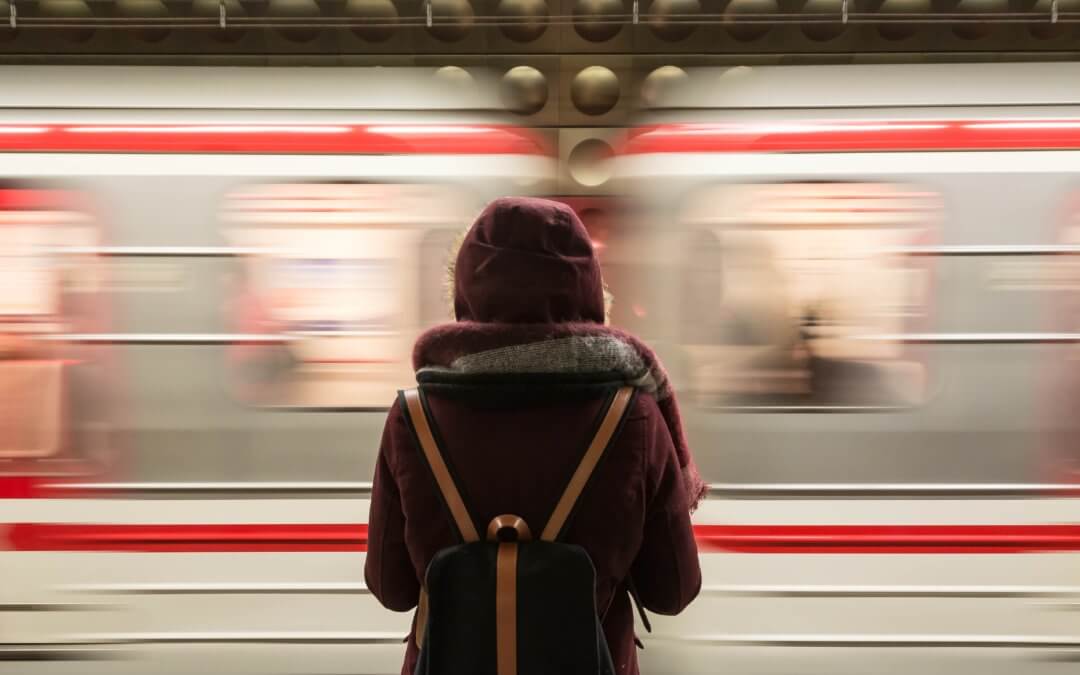
Public Transport: Accessibility Solutions, Also for the Intellectual Disability!
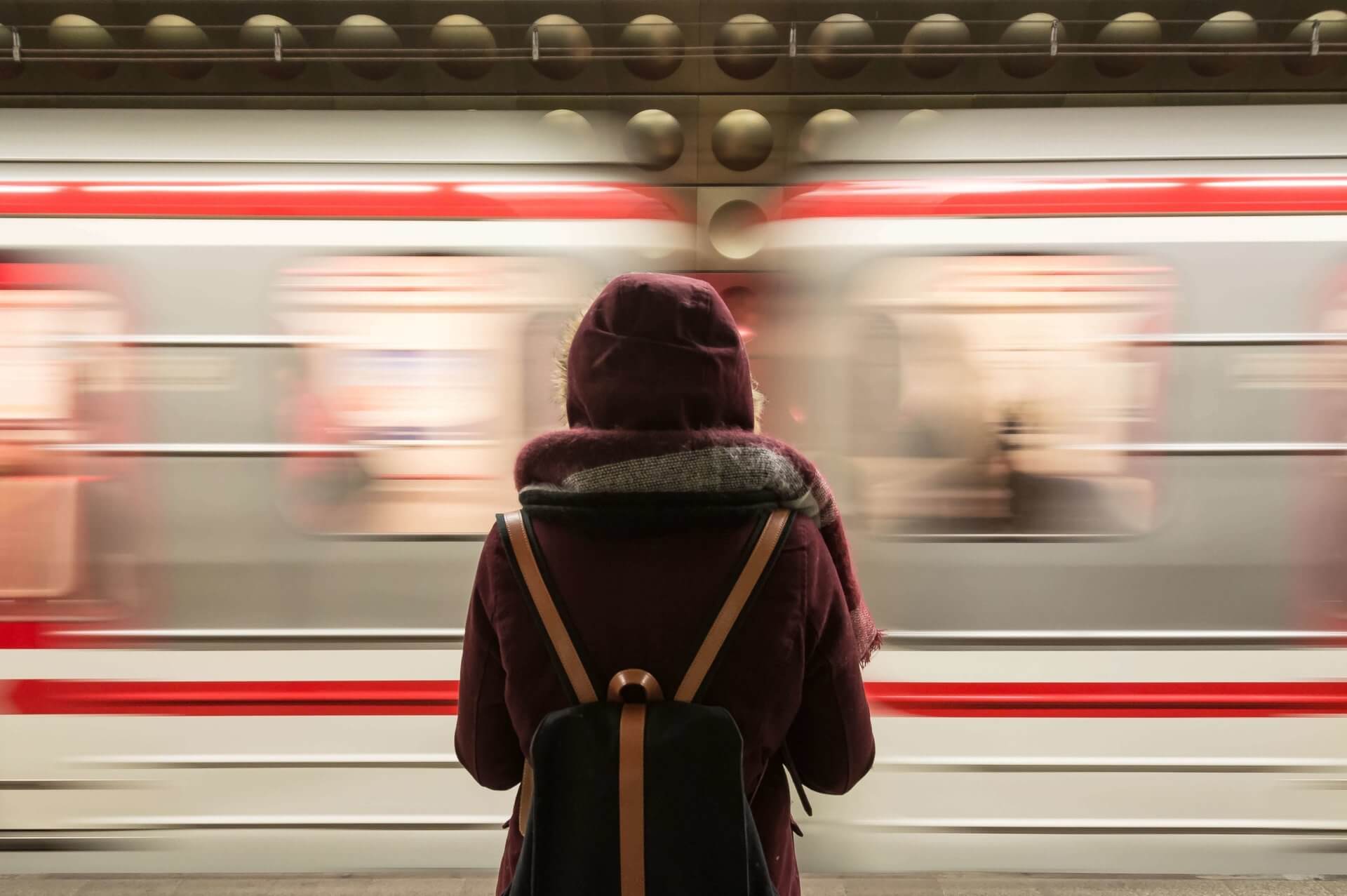
Public Transport: Accessibility Solutions, Also for the Intellectual Disability!
153 million people live with an intellectual disability in the World. How do they get around the city and take public transportation independently? What are the facilities, accessibility equipment or human solutions that facilitate their mobility? The accessibility regulation is not very explicit on the subject. But many public transport networks have already experimented and implemented measures that have positive effects. Here is an overview!
Intellectual Disability: Specific Needs for Mobility
Intellectual disability, also known as general learning disability or mental retardation, is characterized by significantly impaired intellectual and adaptive functioning. Often confused with the mental illness and associated with the cognitive disability, the intellectual disability nevertheless has its specificities.
People with intellectual disabilities have, to a greater or lesser extent depending on the case:
⊗ difficulties of understanding and conceptualization,
⊗ reduced analytical capacity,
⊗ increased emotions and sensitivity to stress,
⊗ difficulties in getting in touch and being understood,
⊗ a reduced ability to be aware of space and time,
⊗ a lack of ability to cope with unforeseen circumstances,
⊗ difficulty concentrating and remembering information,
⊗ difficulties to sort out too much information,
⊗ complicated access to writing, especially when the information is long or contains abbreviations or acronyms…
For the use of public transport, these difficulties have concrete consequences at each stage of the journey: reading maps, understanding schedules, wayfinding, remembering and following directions, identifying the correct bus stop or subway station, coping with service disruptions, delays and emergencies, requesting information from appropriate sources…
Tools Adapted to the Intellectual Disability to Use Public Transport
Many transport authorities have already put in place solutions to facilitate access for people with intellectual disabilities to public transport. Beyond the 153 million people with intellectual disabilities identified in the World, it is many other travelers who benefit: the elderly, children, people with mental or cognitive disabilities and potentially anyone stressed or distracted.
Help by Planning a Trip
Planning a trip is essential to feel reassured and anticipate difficulties. Some people with intellectual disabilities need to be trained to use public transport.
In New York City, the MTA offers free travel training to all travelers with disabilities. They learn to use the bus and subway independently. To remember the skills obtained, they can also refer to the MTA Guide to Accessible Transit.
In San Francisco, travelers with intellectual disabilities can also get an individualized travel training with a qualified travel trainer. This training allow them to improve their travel skills and gain more experience using the Muni system.
This kind of trainings also exist in Paris with “Mobility Workshops”. The RATP transit system has published a guide in language easy to read and understand.
Some people with an intellectual disability are quite able to use a map as long as it is simplified. Many cities have maps that include photos of the main places. This preview has a reassuring effect and facilitates the recognition of its destination when reaching it. Transport for London offers a large collection of maps in different forms: color, black and white, large print, audio, etc.
Multichannel and Multisensory Signage
Dissemination of information via several channels and in different sensory modalities (visual, sound, tactile) can reach a wider audience and ensures a better understanding of the message in all circumstances.
More and more transit systems are providing traveler information in real time both in visual form (lighted signs) and sound. Most of the World’s largest cities have passenger information systems with both visual and vocal announcements. This is very helpful for most fragile travelers.
Many French cities have installed audio signage for blind and visually impaired people. The speakers are activated on demand with a remote control or smartphone to avoid noise pollution on roads. They broadcast a fully customizable message wich announces the name of the location and guiding information. Specialized associations on intellectual disability suggest extending the use of these audio beacons to the population they represent. These devices are gradually installed to locate the entrances of metro stations in Paris.
The use of symbols or pictograms also facilitates identification and helps memorize information. Mexico City’s Metro system has icons to identify each station. Instead of a name, these graphic elements make wayfinding easier for passengers with intellectual disabilities or those who cannot read.
Still underdeveloped in the urban space, pavement marking has a strong potential for wayfinding of all the public. In Liverpool, the locations of the main bus stops are indicated by footprints incorporating the bus number and differentiated by a color code.
Training Frontline Staff and Drivers on Disability Awareness
The behavior of drivers and transport employees can, as appropriate, improve or aggravate the stress or panic situations of travelers with intellectual disabilities. This is one of the reasons why training for the reception of disabled people and accessibility must be provided to all personnel in contact with the public.
This approach is already in place on many public transport networks, as in London, Paris, San Francisco or Toronto.
Implementation of Easy-to-Use Equipment
The complexity of automated ticketing or security gates can compromise access to transport for people with intellectual disabilities.
The design of this equipment must therefore take into account the specific needs of these users:
⊗ Reduction of the number of manipulations,
⊗ Information easy to understand,
⊗ Tolerance to slowness, etc.
Digital Solutions Adapted to Intellectual Disability
People with intellectual disabilities also benefit from advances in information and communication technologies. The Disability Innovation Institute in Sydney (Australia) conducts interdisciplinary research on the use of mobile technology by people with intellectual disabilities, and its capacity to improve their social inclusion. Apps on tablets and smartphones can help them in their daily lives to do their shopping, count the currency, organize their schedule, and of course, travel on public transport. To design accessible applications, it is necessary to take into account the following points:
⊗ Easy to read and understand text: use simple words, not jargon (e.g. travel document = ticket),
⊗ Photos of places: preview of strategic points and places of destination. The fact of being able to visualize one’s journey has indeed reassuring for a person with intellectual disability. A 360 ° view is a real plus.
⊗ Voice input: Users must be able to query with their own words.
⊗ Several possible paths: What is logical for some is not necessarily for others, for example for people with autism. An application accessible to all must allow access to the same information by several methods.
⊗ Suggestions when typing: Whether the query is captured by voice or text, the application should provide suggestions for failure (e.g., “Do you mean…”).
⊗ Priority to the most common queries: These should appear as close as possible to the beginning of the home screen to allow quick access to information.
⊗ E-mail or SMS Alerts: To help users better manage unexpected events and disruptions, it is essential that the application offers an e-mail or SMS alert system on predefined routes. The application should also propose alternative routes.
⊗ Personal preferences: Users must be able to record their own parameters as their preferred mode of transport (surface transport for a claustrophobic person), their walking speed (calculation of the journey time), map display mode (change map orientation, zoom control), etc.
As you can see, the needs of people with intellectual disabilities allow the development of solutions that benefit all public transport users. Anyone who occasionally encounters difficulties in comprehension, memory, strength or reactivity, because of their age, illness, stress, fatigue or a simple moment of distraction . Mobility professionals with disabilities are able to assist you in implementing these solutions.
If you like this article you might also like this one: 8 Clichés About Intellectual Disability
media

The needs of people with intellectual disabilities allow the development of solutions that benefit all public transport users. Anyone who occasionally encounters difficulties in comprehension, memory, strength or reactivity, because of their age, illness, stress, fatigue or a simple moment of distraction.
writer

Zoe Gervais
Content Manager
stay updated
Get the latest news about accessibility and the Smart City.
other articles for you

Open Data Is Key to Fostering Universal Accessibility
Open data represents an opportunity for cities to reach universal accessibility. It shows the missing links of the mobility chain.
Our Audio Beacons Guide the Blind and Visually Impaired at the Helsinki Subway
The Helsinky subway improved their audio signage system by installing on demand and remotely activated audio beacons.
7 Good Reasons to Install Audio Beacons at Your Public Transport Network
Audio beacons are an efficient way to provide more autonomy to blind and visually impaired people. They can easily use public transport.

Will Remote Activation Become the Norm for Accessible Pedestrian Signals?
More and more cities like New York have been exploring remote activation to trigger accessible pedestrian signals.
share our article!
more articles

Disability Statistics in the US: Looking Beyond Figures for an Accessible and Inclusive Society
Disability Statistics in the US: Looking Beyond Figures for an Accessible and Inclusive Society Around 61 million adults in the United States live with a disability. Diving into disability statistics in the US will help us know exactly who is concerned and what...
Our Audio Beacons Guide the Blind and Visually Impaired at the Helsinki Subway
Our Audio Beacons Guide the Blind and Visually Impaired at the Helsinki SubwayOur audio beacons equip the new line of the Helsinki subway in Finland. They help blind and visually impaired people locate the points of interest of a station. For users with visual...

Will Remote Activation Become the Norm for Accessible Pedestrian Signals?
Will Remote Activation Become the Norm for Accessible Pedestrian Signals?Without pushbutton, there are no accessible pedestrian signals. That’s how APS work in the U.S. But more and more cities have been exploring remote activation like New York City. The Department...

Hearing Impaired People: a Multitude of Profiles for Different Needs
Hearing Impaired People: a Multitude of Profiles for Different Needs Did you know that hearing impaired people have several profiles and that the way they identify themselves is important? You may be familiar with deaf and hard of hearing people but for each of...
NEVER miss the latest news about the Smart City.
Sign up now for our newsletter.
Unsubscribe in one click. The information collected is confidential and kept safe.
powered by okeenea
The French leading company
on the accessibility market.
For more than 25 years, we have been developing architectural access solutions for buildings and streets. Everyday, we rethink today’s cities to transform them in smart cities accessible to everyone.
By creating solutions ever more tailored to the needs of people with disabilities, we push the limits, constantly improve the urban life and make the cities more enjoyable for the growing majority.



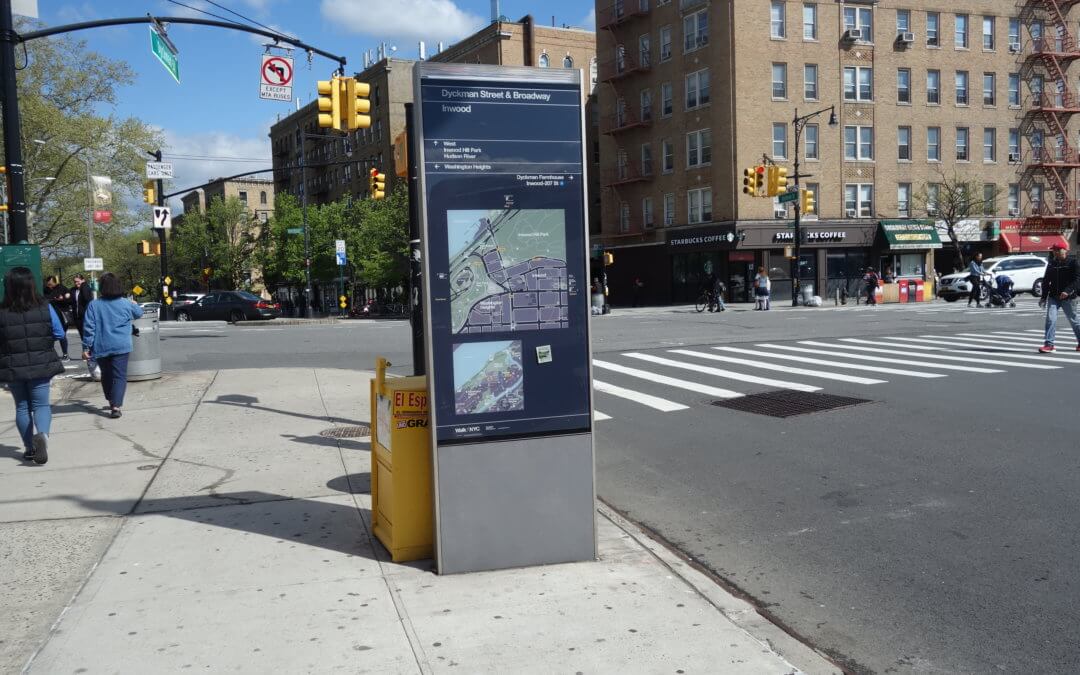
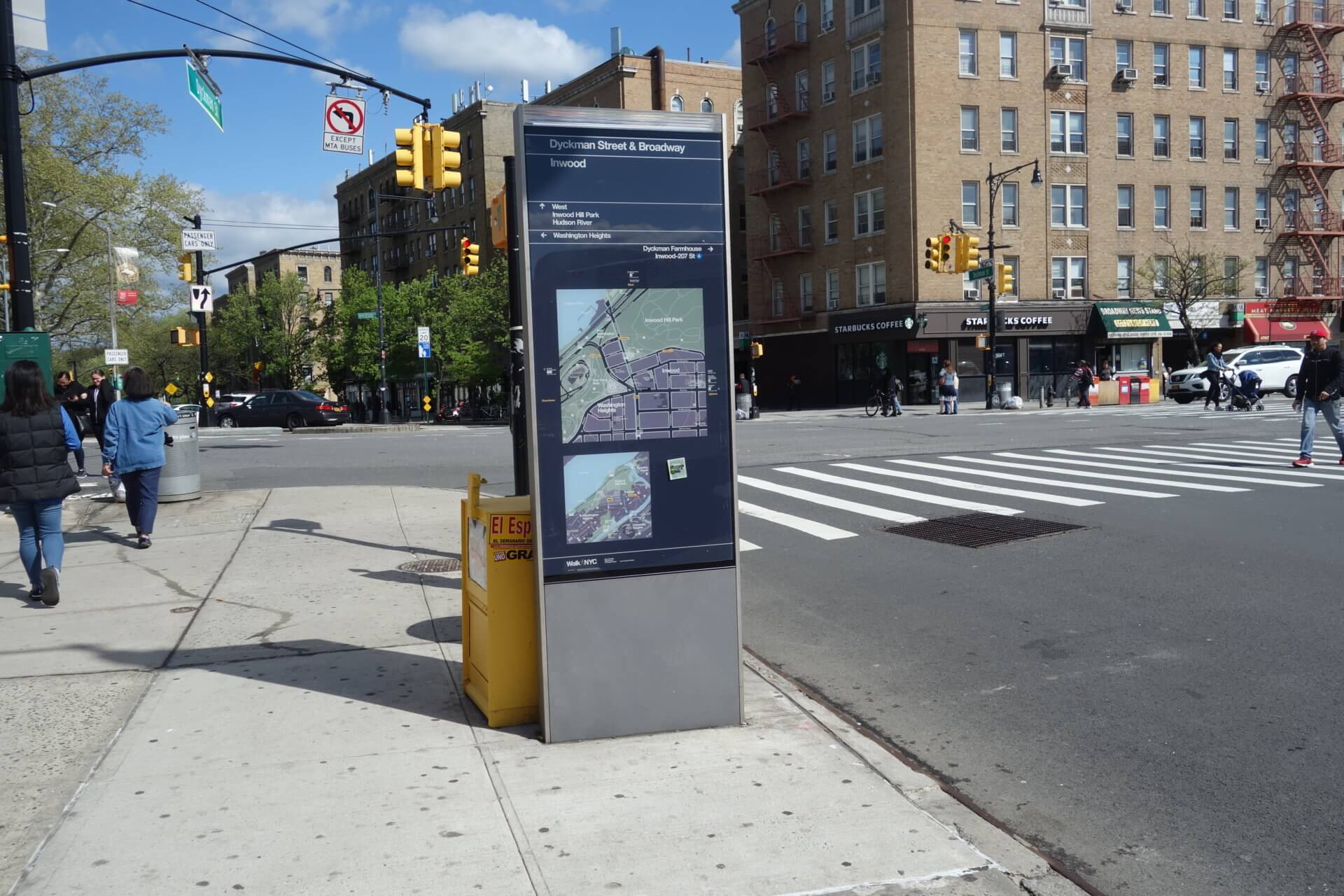

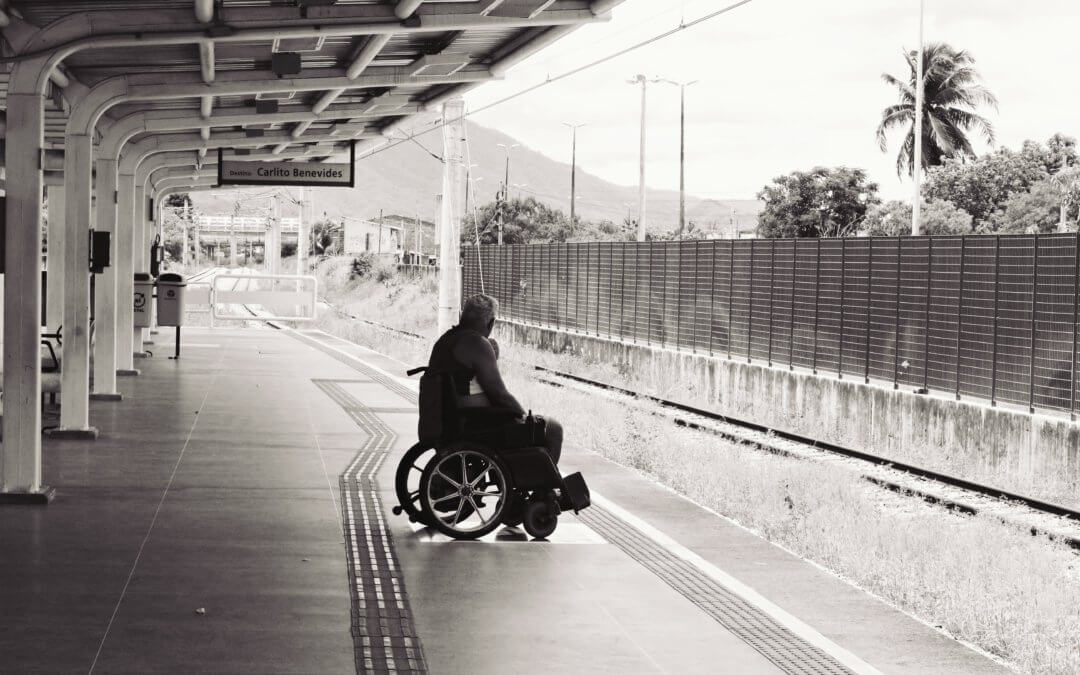
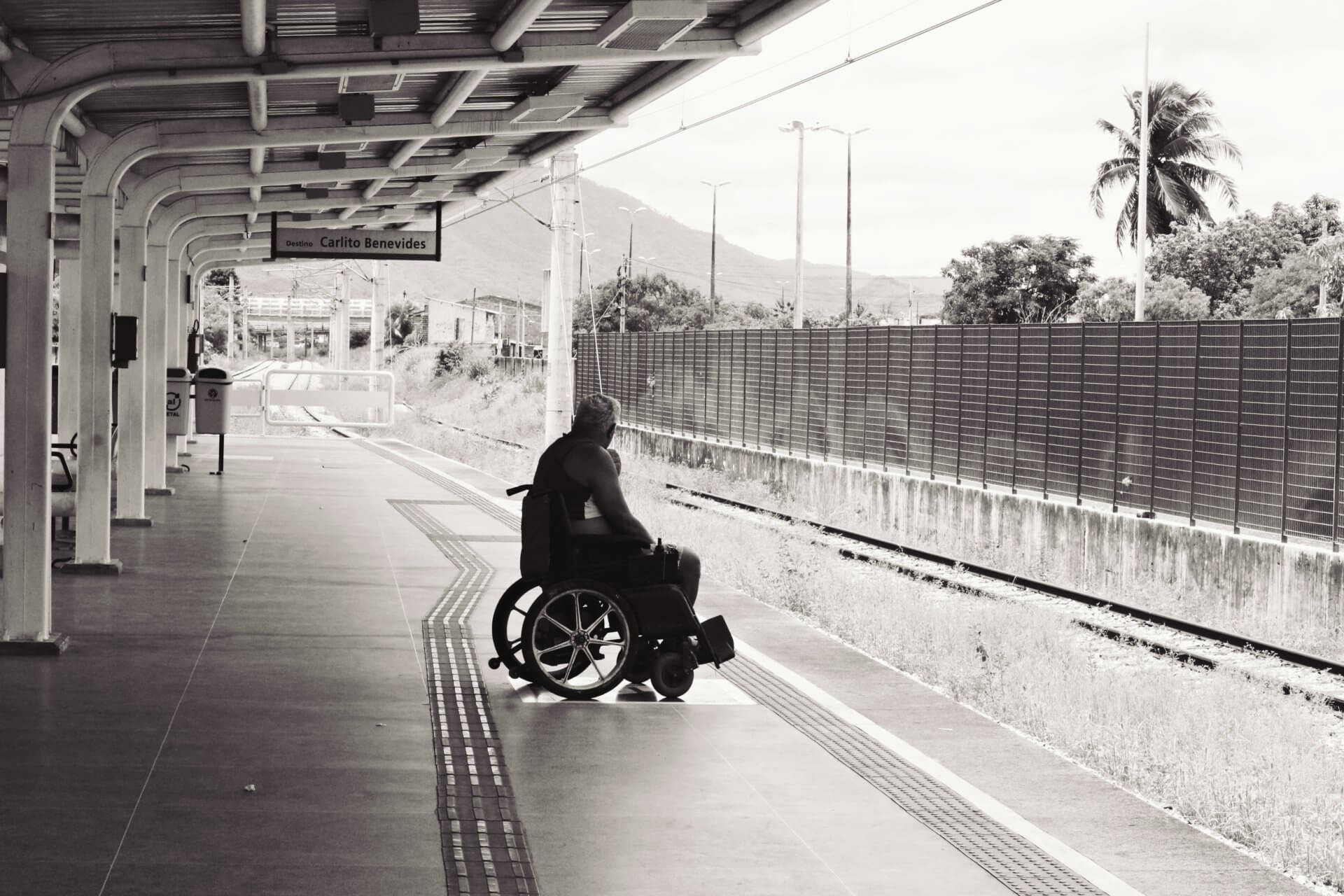

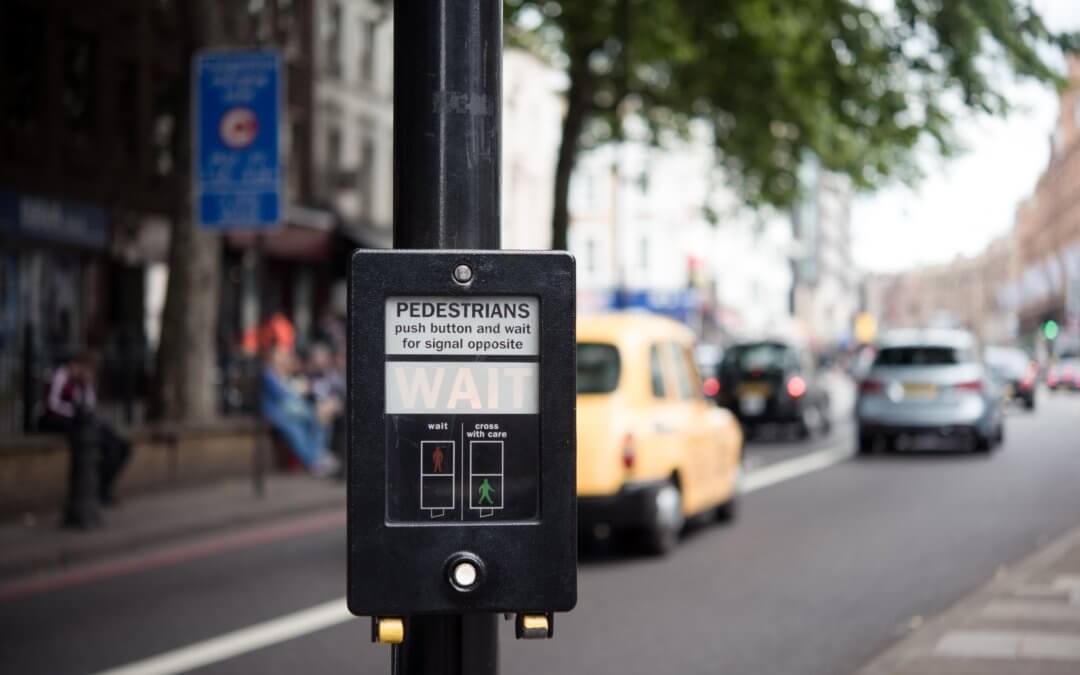
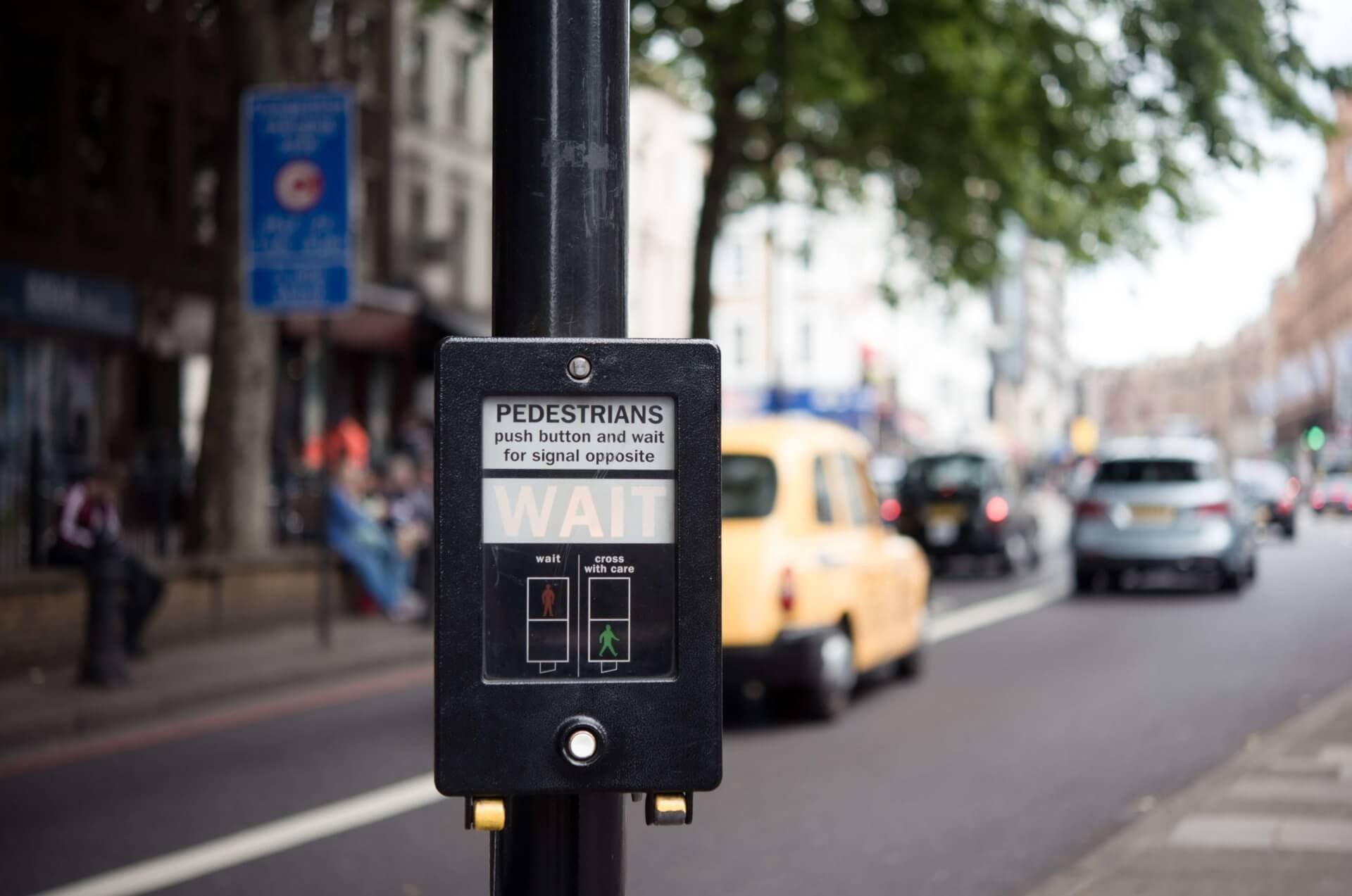
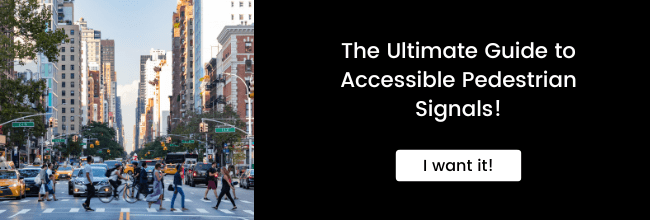

Recent Comments